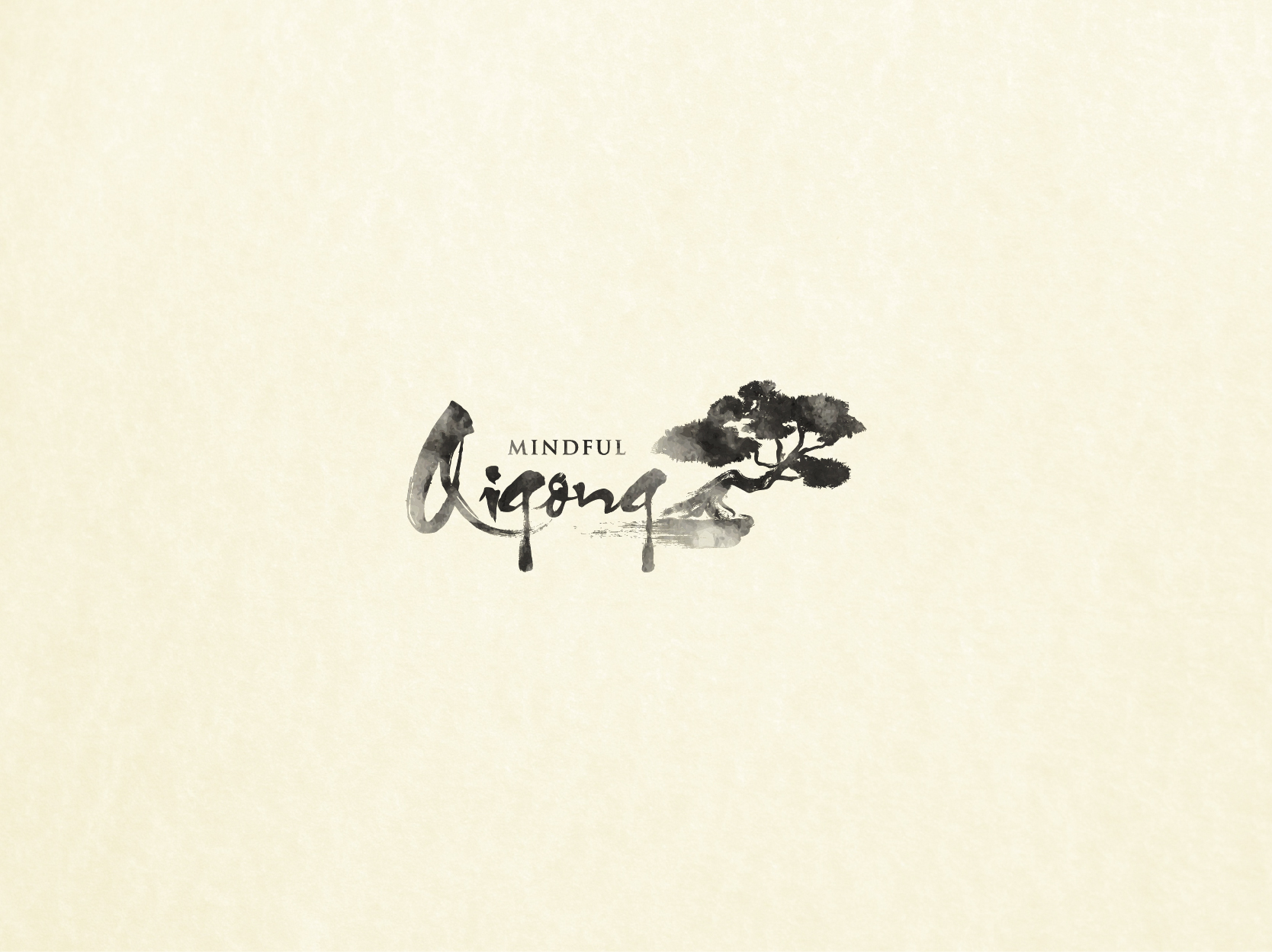What is Qigong Meditation?
Qigong is a meditative still and/or dynamic moving practice. That focuses on the unity of body, mind and spirit to guide the circulation of Qi through one’s body via the energy channels. To be concise, Qi is the recognition and awareness of the patterns of energy flow in our body and nature surrounding us.
Qigong meditation teaches one to recognize the subtle energies that make up our bodies. It clears blocked Qi (chi) energy pathways, improves health, and enhances one’s awareness.
Qigong, pronounced “chee gong”, is relatively new to the West. Deeply rooted in Chinese culture, Qigong has been effectively used in China for preventing illness, healing diseases, martial arts, and spiritual cultivation for thousands of years.
The Chinese have discovered that any blockage in Qi circulation leads to poor health, illness, and ultimately death. Thus Qigong became one of the main components in Traditional Chinese Medicine. Regulating ones Qi balance through meditation allows one to prevent and cure illnesses.
More familiar to us in the west, it’s a similar concept of our circulatory system. In which veins and arteries clog with cholesterol. Which could result in heart attacks and strokes, or may lead to other severe physical health problems.
One’s Qi energy system is affected by the negative impact of mental and physical stress, as well as a poor diet. The result of an inefficient flow of Qi throughout the body and vital organs can lead to many serious health problems as well as mental imbalance.
Qigong is considered an alternative medicine in the west, because science can only see the results, but has a difficult time detecting Qi itself. Just like invisible rays and waves were once unfamiliar and unfathomable to the average person. The idea and reality of Qi is only catching up with the modern science and the average person today.
With the proper guidance of a well-trained and qualified teacher or master, one can achieve a wide range of health benefits. At the same time gaining more insight into mental health and spiritual cultivation.
References:
Yang, Jwing-Ming (1998). Qigong for health and martial arts: exercises and meditation. YMAA Publication Center.
Xu, Xiangcai (2000). Qigong for Treating Common Ailments. YMAA Publication Center.
Frantzis, Bruce Kumar (2008). The Chi Revolution: Harnessing the Healing Power of Your Life Force. Blue Snake Books.
Xin, L; Miller, YD; Brown, WJ (May 2007). “A qualitative review of the role of qigong in the management of diabetes.”. Journal of alternative and complementary medicine (New York, N.Y.).
Ma Ji Ren 馬濟人 (1992). Practical Qigong for Traditional Chinese Medicine 實用中醫氣功學. Shanghai Scientific and Technical Publishers 上海科学枝术出版社.
Karchmer, Eric (2002). “Magic, Science and Qigong in Contemporary China”. In Blum, Susan Debra; Jensen, Lionel M. China off center: mapping the margins of the middle kingdom. University of Hawaii Press.
